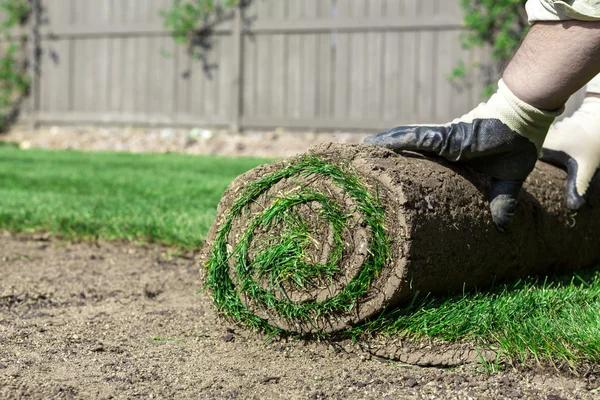Northern Ohio, with its diverse climate and soil conditions, is home to a wide variety of native and adapted grass types. These grasses not only add aesthetic value to the landscape but also play a crucial role in maintaining the ecological balance by preventing soil erosion, providing habitat for wildlife, and contributing to biodiversity.
Native grasses are those that naturally occur in the region without human intervention. They have evolved over thousands of years and are well-adapted to local climate and soil conditions. Native grass species in Northern Ohio include Big Bluestem (Andropogon gerardii), Little Bluestem (Schizachyrium scoparium), Indiangrass (Sorghastrum nutans), Prairie Dropseed (Sporobolus heterolepis) among others.
Big Bluestem is a tall prairie grass known for its adaptability. It thrives both on dry upland sites as well as low-lying wet areas. Little Bluestem prefers well-drained soils but can tolerate poor soils too. Its bluish hue adds color interest to landscapes throughout the year. Indiangrass, with its golden seed heads swaying beautifully in autumn winds, prefers moderately moist soils but can withstand drought once established.
Prairie Dropseed is another popular native variety that forms dense clumps of fine-textured foliage which turn golden brown in fall and remain attractive through winter. This drought-tolerant species does well K9 turf cleveland even on rocky slopes.
Adapted or naturalized grasses are non-native species introduced from other regions that have successfully adjusted to local conditions over time. In Northern Ohio, these include Kentucky Bluegrass (Poa pratensis), Perennial Ryegrass (Lolium perenne) and Tall Fescue (Festuca arundinacea).
Kentucky Bluegrass is highly prized for lawns due to its rich green color, dense growth habit and ability to recover quickly from damage. It prefers cool, moist conditions and well-drained soils. Perennial Ryegrass germinates rapidly and has a fine texture, making it ideal for overseeding lawns in fall. Tall Fescue is valued for its heat, drought and shade tolerance.
When selecting grasses for your Northern Ohio landscape, consider factors like sunlight exposure, soil type, moisture levels and maintenance requirements. Native grasses generally require less water, fertilizer and pest control than non-native species since they are already adapted to local conditions.
Incorporating a mix of native and adapted grass types can provide year-round visual interest while enhancing the ecological value of your landscape. Whether you’re creating a low-maintenance meadow or a lush lawn, understanding the different grass types that thrive in Northern Ohio can help you make informed choices for a sustainable and beautiful outdoor space.
ForeverLawn Northern Ohio
2714 Warner Rd, Hinckley, Ohio 44233
440-866-4585



